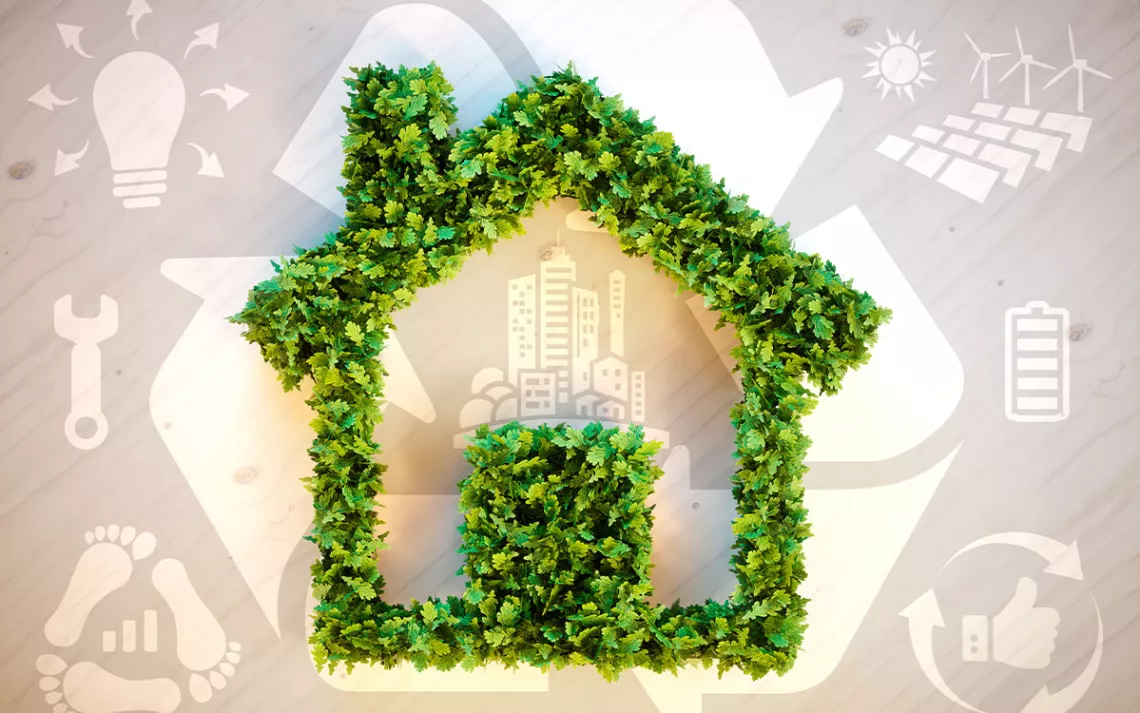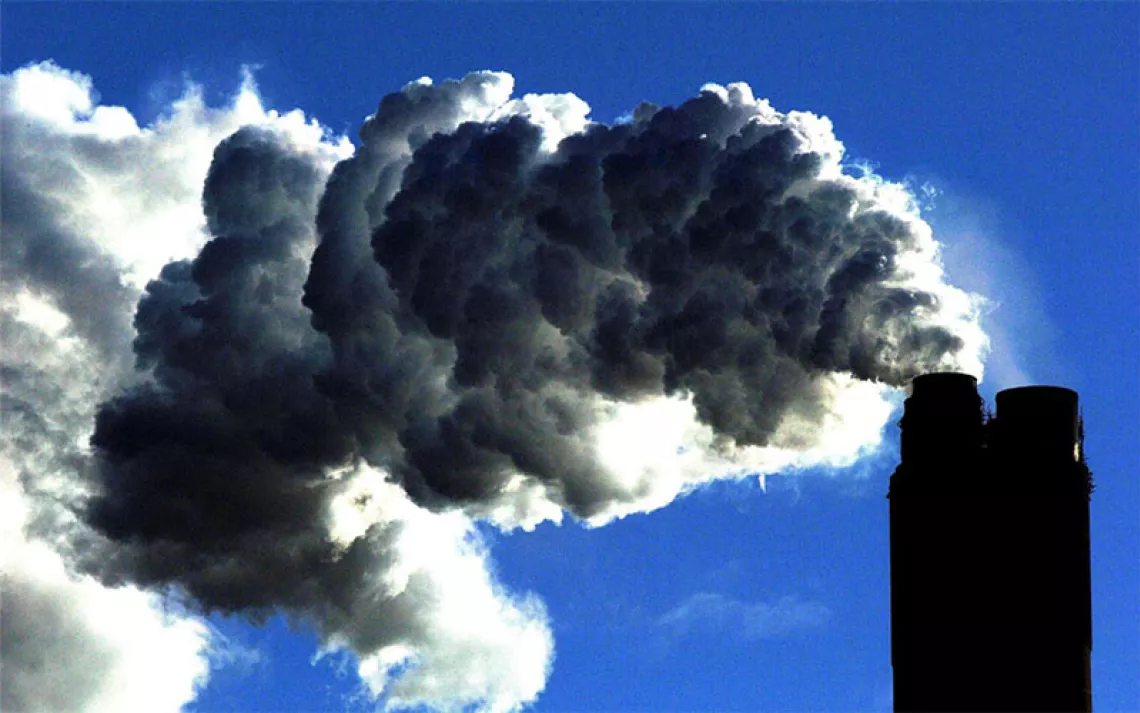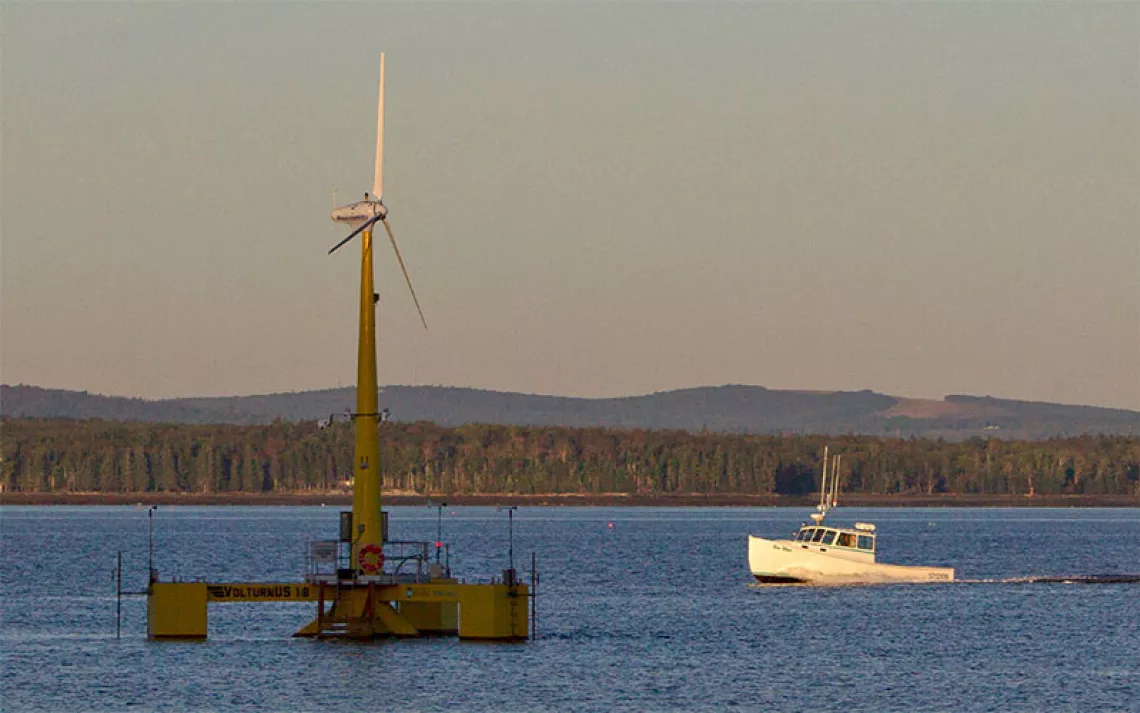How Can You Benefit From the Federal Climate Law? Talk to People.
Personal connections can help save the planet

Illustration by Petmal/iStock
If we’re going to realize the climate benefits of historic federal support for clean energy and jobs approved in the last two years, connections are the key. And I’m not just talking about electrifying homes and buildings.
We need to connect people to the benefits spread throughout the 2022 Inflation Reduction Act (IRA) and the 2021 Bipartisan Infrastructure Act. We do that by connecting individuals to one another in the communities where they live and with the individuals, local units of government, and nonprofits that can help them take advantage of a lengthy list of tax credits and rebates for everything from electric cars to more energy-efficient windows and doors.
The need for doing this is clear. Seven in 10 Americans say they know little or nothing about the IRA by name. The same is true for specific parts of the package like tax credits for home solar panels and heat pumps.
Bobby Foley of Elephant Energy, a climate tech start-up in Colorado, sees the information gaps and hears the questions up close. “We are on the ground, scoping out a heat pump with homeowners and installing it,” he said.
Foley can help homeowners use rebates from a local utility and the City of Denver, alongside state and federal tax credits, to cut by more than half the cost on a new $20,000 electric heat pump to heat and cool their homes. He can install heat pumps in homes without ducts and in places where temperatures drop below zero. He said the result is far less carbon and 300 percent greater energy efficiency than a furnace and air conditioner—at a substantially lower monthly cost to the customer.
But the people Foley meets already know enough to at least inquire. There are more than 100 programs scattered through the $370 billion in the IRA that aim to assist individuals, businesses, and state and local governments. Projections show that if we can use all that money thoughtfully and equitably, we can cut greenhouse gas emissions by 40 percent.
There’s a good deal of evidence to show that people need help to connect. The National Council on Aging, for example, estimates seniors leave $30 billion of potential government assistance for food, housing, and health care unclaimed. There’s often a lack of awareness or misconceptions about the difficulty of applying. The nonprofit Code for America, which works to make government more effective and accessible, found that even the words used to offer programs like tax credits and food assistance to Americans make a difference in their response rate.
For clean energy incentives, many states also have stepped in with their own support that can significantly improve the attractiveness of acting to switch to a cleaner product. That means the opportunities can vary a lot from place to place.
To help fill the gap, the Sierra Club is making a national push to recruit, prepare, and offer volunteers across the country—Community Advocates—to help people and their communities get the support that’s available to protect the planet.
Bekah Ashley has worked with Utah school districts to apply for funds from the infrastructure package to transition their transportation to electric school buses. Communities can share $1 billion a year. School buses account for the largest public bus fleet across the country, but school systems “often get overlooked in climate action,” Ashley noted.
School board members might have sticker shock—electric buses can cost more than two times new diesel buses, Ashley said. But the federal incentives and the far lower operating costs change that perspective.
Communities recognize the need and favor government support for a cleaner economy. It’s something most of us believe in. But we need to ensure that support doesn’t stay written on the pages of legislation. We need to learn more —preferably from using the incentives ourselves—and share that knowledge with others who can benefit from it.
 The Magazine of The Sierra Club
The Magazine of The Sierra Club







